Welding Fume Extraction
Welding is a vital process in metal fabrication, but it also creates hazardous fumes that can post a severe threat to your health. These fumes contain a mixture of gases, particles, and metal oxides that can cause respiratory problems, metal fume fever, and even cancer. Implementing an effective welding fume extraction system is essential to safeguard the health of welders and those in the vicinity.
The Importance of Welding Fume Extraction

Reduced Health Risks
A proper fume extraction system captures and removes fumes at the source, significantly reducing the risk of inhalation and associated health complications.

Improved Air Quality
Fume extraction systems help maintain a clean and healthy work environment by filtering out harmful contaminants.

Enhanced Visibility
By eliminating smoke and fumes, welders can have a clearer view of the welding zone, leading to miproved accuracy and quality of welds.
Welding Fume Extraction Options
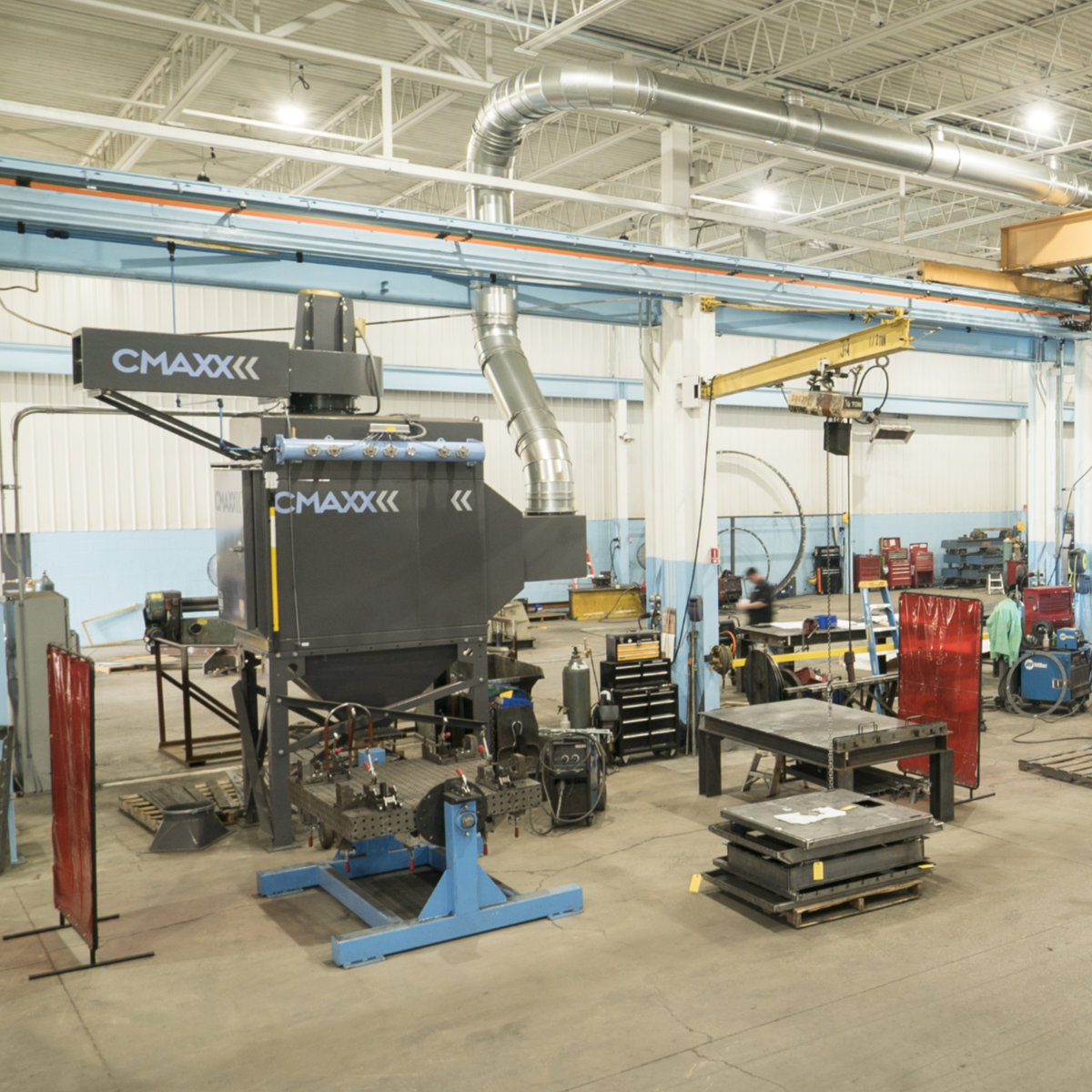
Ambient Systems
Ambient weld fume extraction systems clean the air of the entire workspace. They utilize the facility hood to draw in particulate as it rises.
- Best For: Large areas or shops with multiple welding stations
- Pros: Covers large areas, increases general air quality
- Cons: Does not capture fumes directly at the source and may not be suitable for high-exposure welding tasks
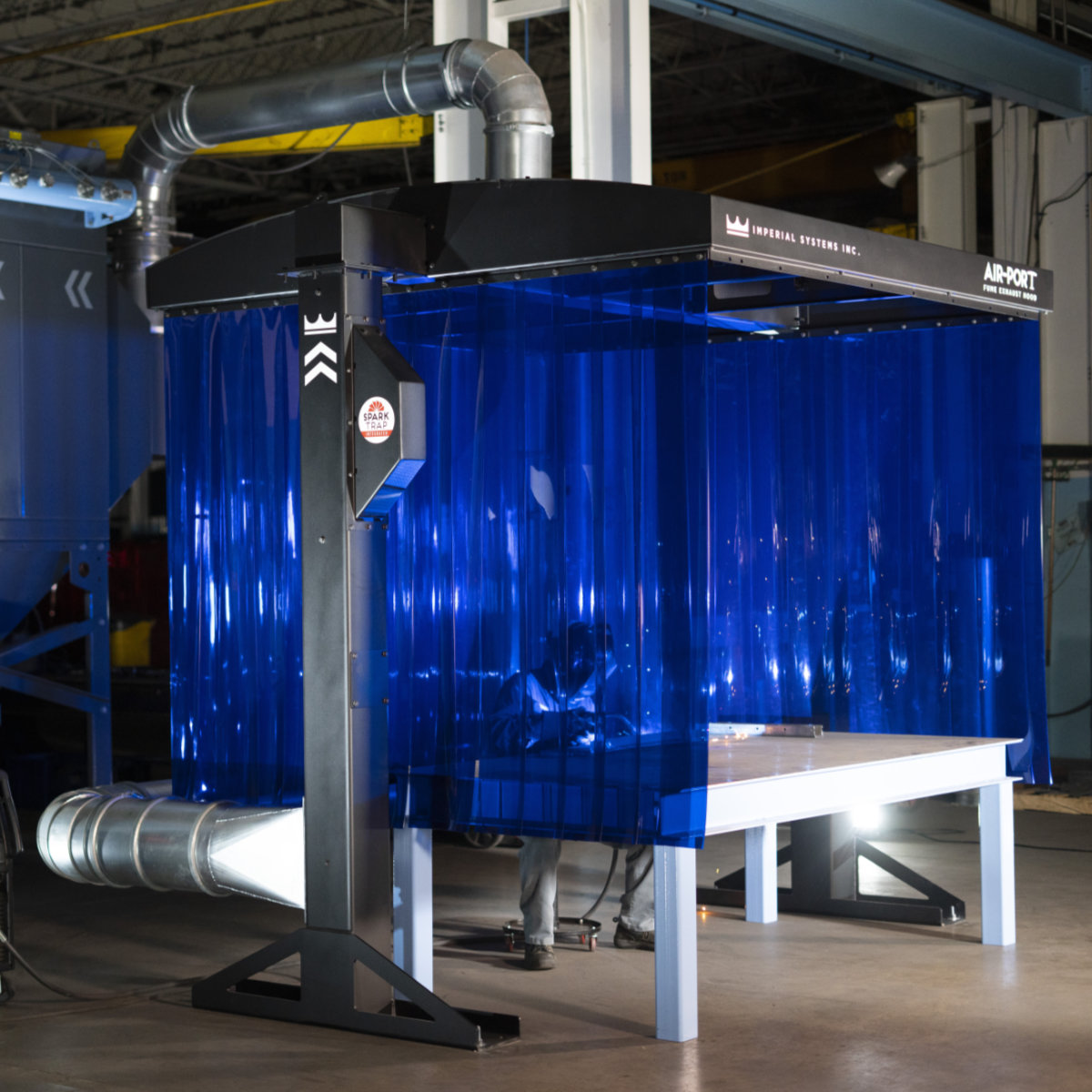
Extraction Hoods
Extraction hoods are larger, stationary units that create a zone of capture over a welding area.
- Best for: Robotic welding cells
- Pros: Capture directly at the source
- Cons: Relies on the operator to continuously move for optimal capture
Portable Fume Extractors
Portable fume extraction units are typically compact and on wheels. They are equipped with fume arms and filters. They can be positioned close to welding for source fume capture.
- Best For: Temporary or mobile workstations
- Pros: Versatile and mobile
- Cons: Require manual movement, less effective if not properly positioned
Fume Arms
Fume arms are also known as snorkel arms. They are easily maneuvered and can be positioned directly at the source. They are typically connected to a centralized or portable welding fume extraction unit.
- Best for: Fixed welding stations and semi-mobile applications
- Pros: Capture directly at the source
- Cons: Relies on the operator to continuously move for optimal capture
PAPR Systems
Powered Air Purifying Respirators (PAPRs) are a wearable device that integrate filtration directly into the welder’s helmet system. These simultaneously deliver clean air and prevent inhalation of fumes.
- Best for: Confined spaces or high-risk environments
- Pros: Personal-level, mobile protection
- Cons: Requires battery power, may be uncomfortable for operator

Things to Consider When Choosing a Welding Fume Extraction System
- The first thing to consider when in the market for a weld fume extraction system is the characteristics of your welding operation. This may include the types of welding done, materials used, and the production volume at your facility.
- Another consideration is the size and layout of your facility. This includes the arrangement of welding stations, equipment, and ventilation. Ceiling height and any obstacles like cranes and support structures should be considered.
- Work with professionals to ensure that the system you choose will adhere to health and safety regulations. There are several regulatory bodies with codes you may need follow, including but not limited to OSHA, EPA, and NFPA.
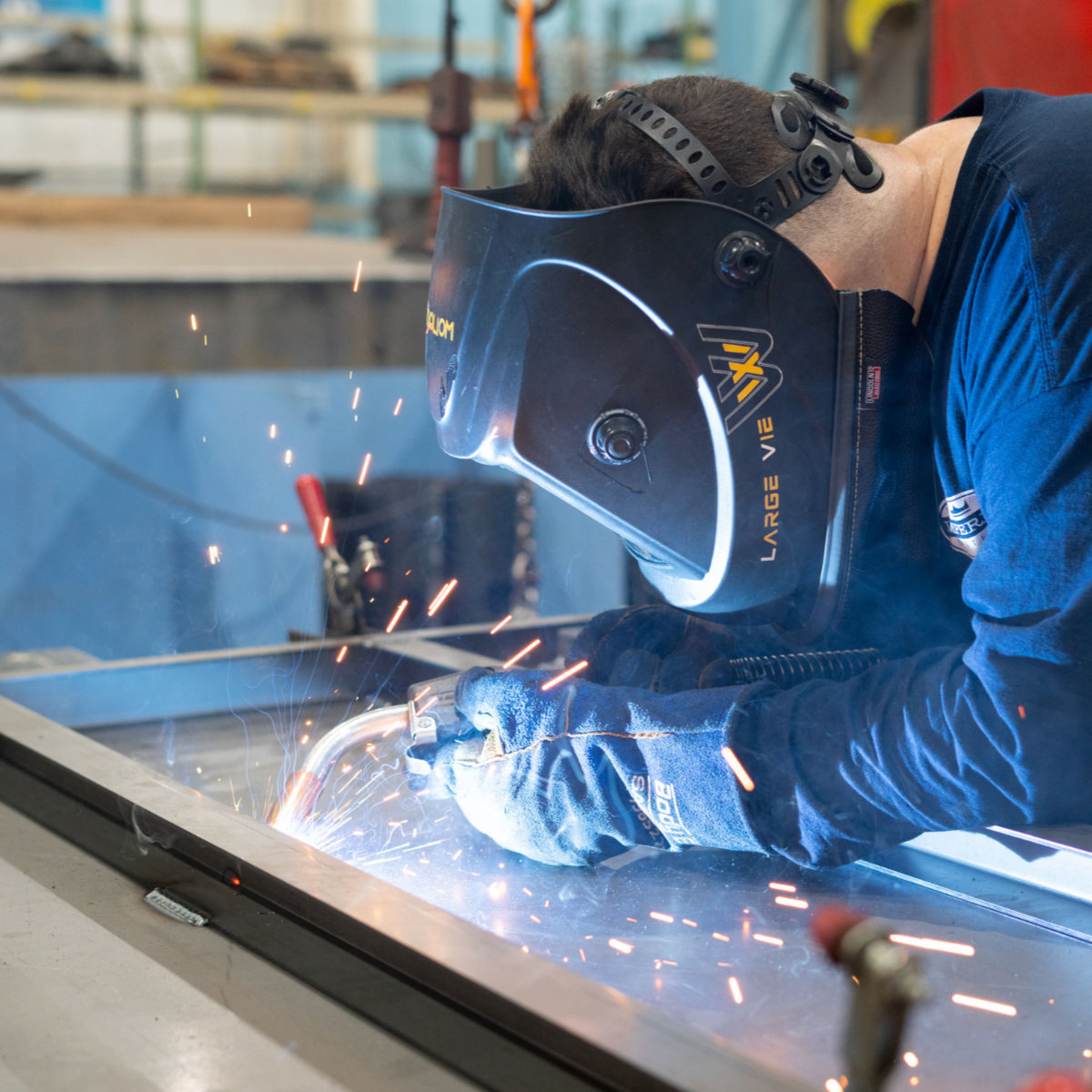

Experience unparalleled value and performance with the CMAXX Dust & Fume Collector. Built with forward-thinking design at our Pennsylvania facility, Imperial Systems’ CMAXXs consistently offer exclusive features that set them apart.
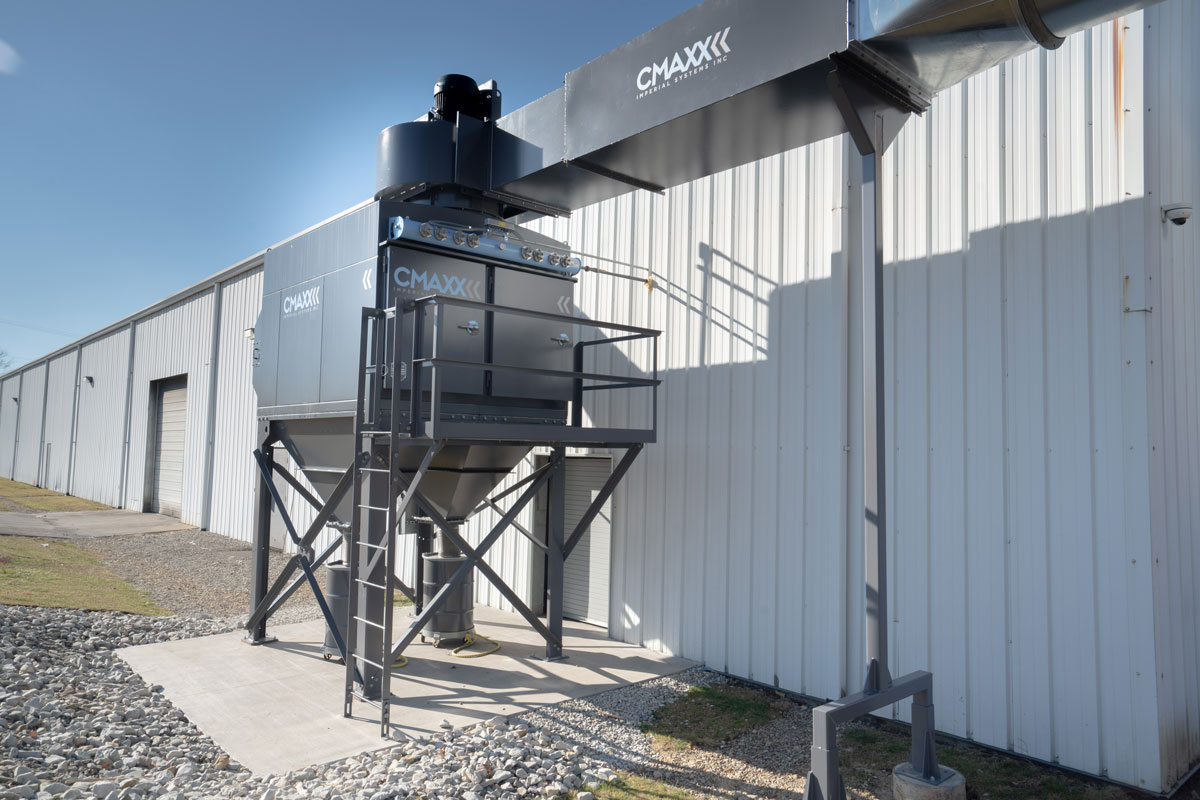
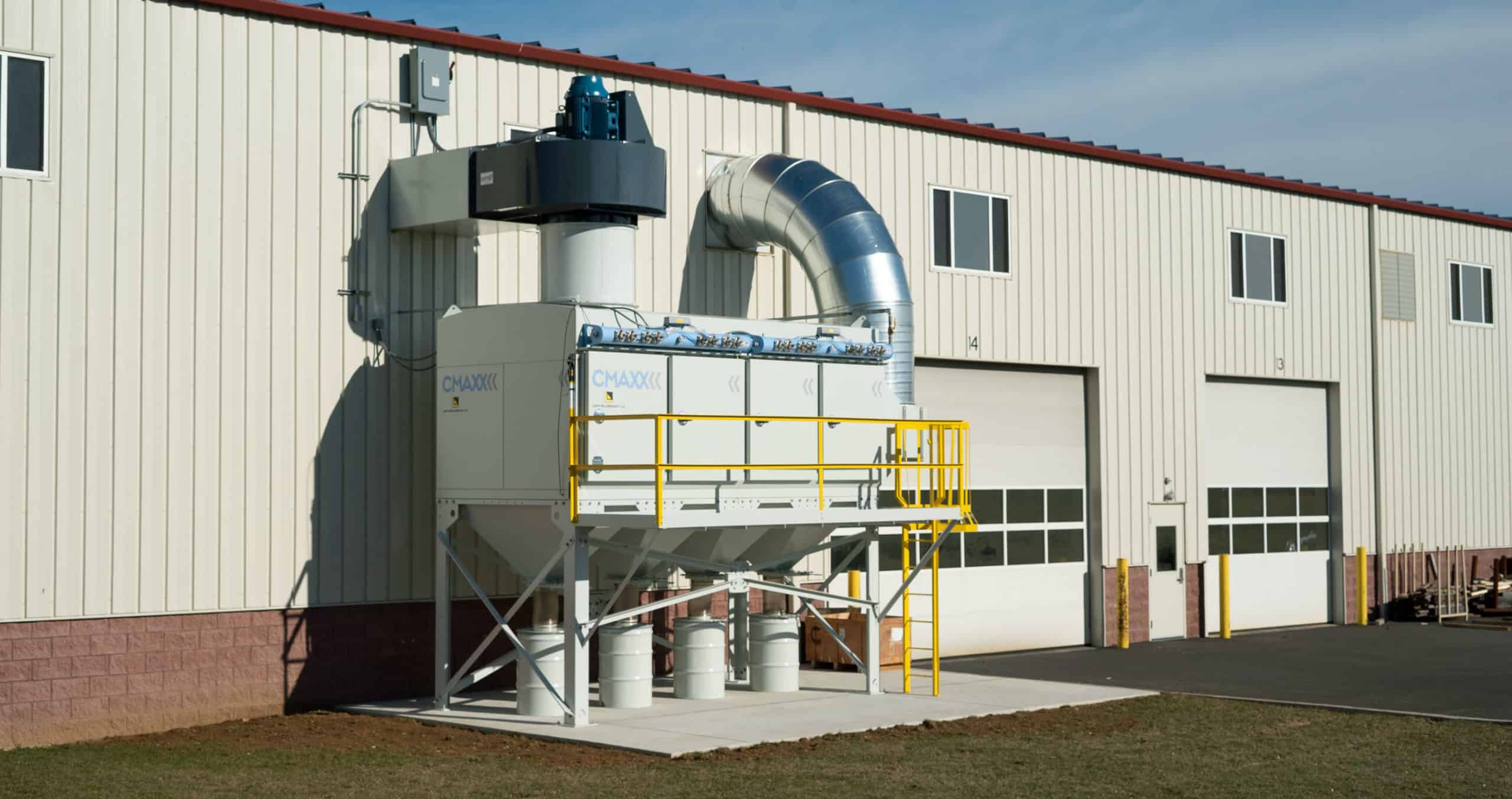
- CrownTech arched roof for weather resistance
- Lift rails designed for easy and safe filter changes
- No external bolt holes to prevent rust or leaks
- Industrial powder coating for wear-resistant surface
- Vertical filter arrangement for improved filter function
- Angled inlet baffles to protect filters
- Lifetime manufacturer’s warranty
- Heavy duty construction with military-style door handles

The Shadow Compact Fume Extractor provides a cost-efficient way to improve workplace air quality. Its forklift-friendly design allows for easy relocation to different work zones. Equipped with high-performance DeltaMAXX Prime filters, the Shadow effectively captures fine weld fumes and dust, promoting a healthier and more productive workspace.
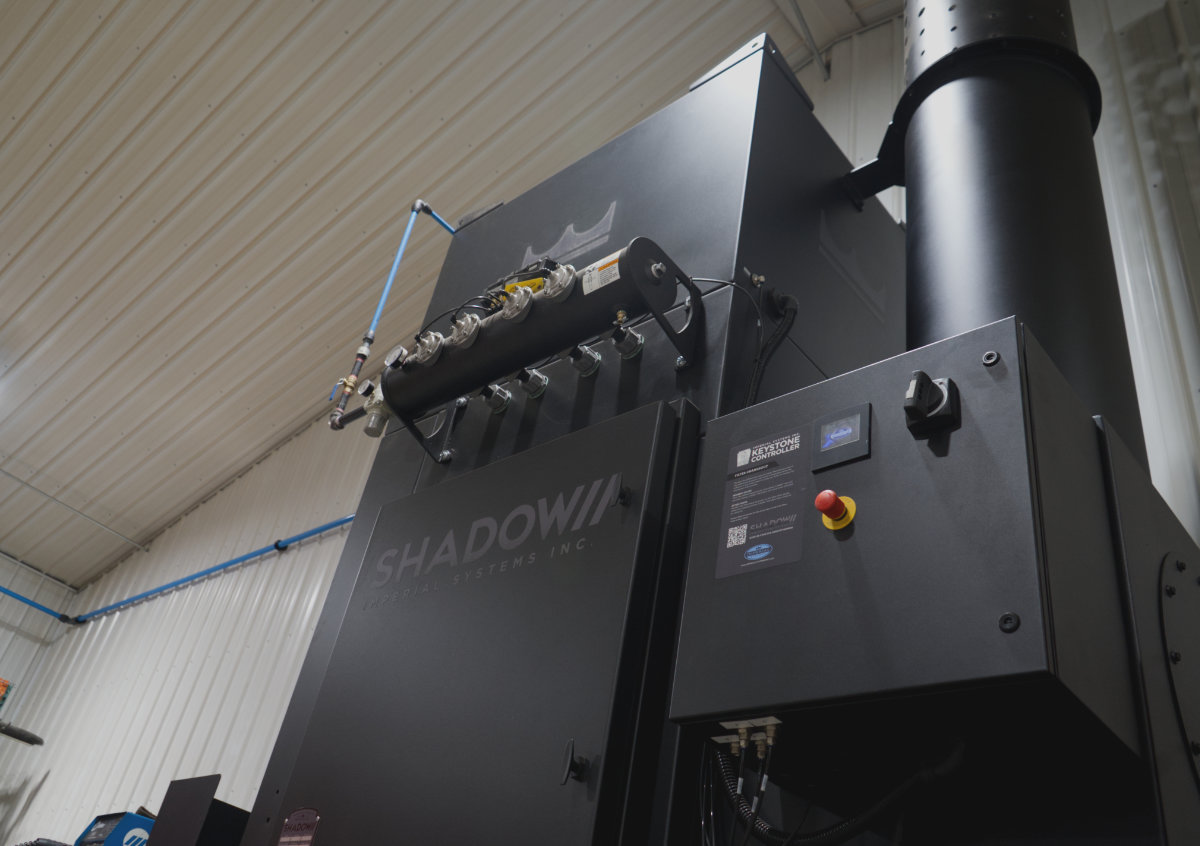
- Perforated stack means no duct required
- Small footprint takes up minimal floor space
- Ideal for low dust-loading applications such as welding
- Plug and Play control panel for quick installation
- Up to 4,000 square footage of coverage

The Shadow Compact Fume Extractor provides a cost-efficient way to improve workplace air quality. Its forklift-friendly design allows for easy relocation to different work zones. Equipped with high-performance DeltaMAXX Prime filters, the Shadow effectively captures fine weld fumes and dust, promoting a healthier and more productive workspace.
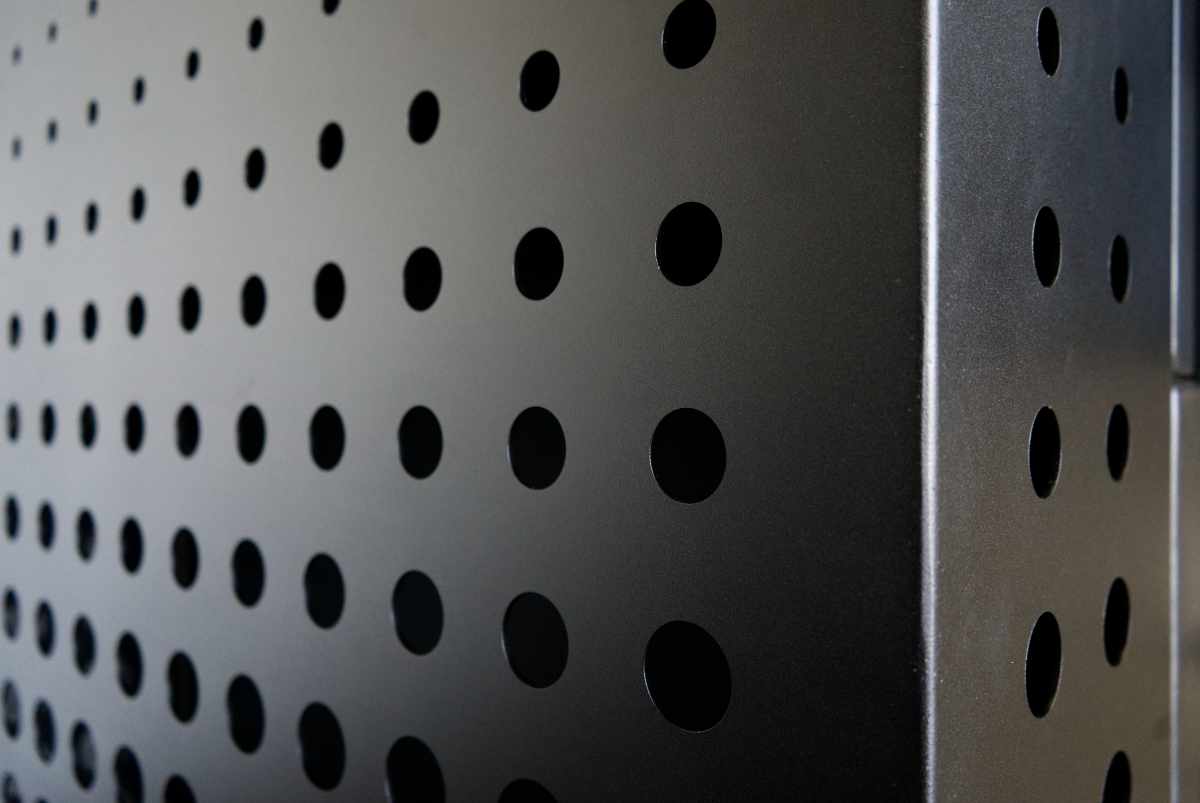

The Air-Port offers a ready-to-use ducted solution featuring pre-installed ductwork within its compact, space-saving two-leg design. Easily adjustable dampers allow for precise airflow control to meet your specific needs, while the arched hood shape ensures superior capture of welding smoke and fumes.
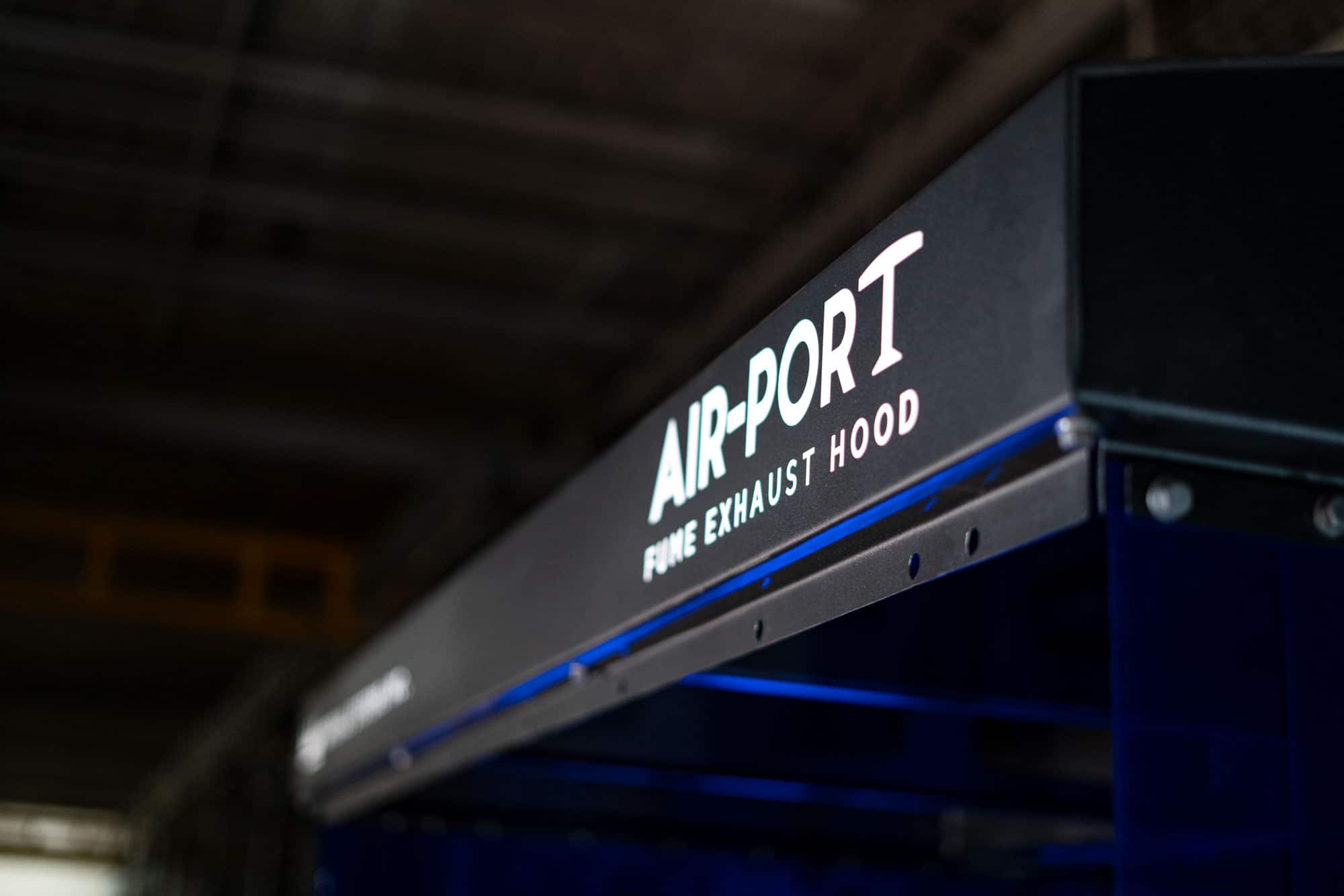
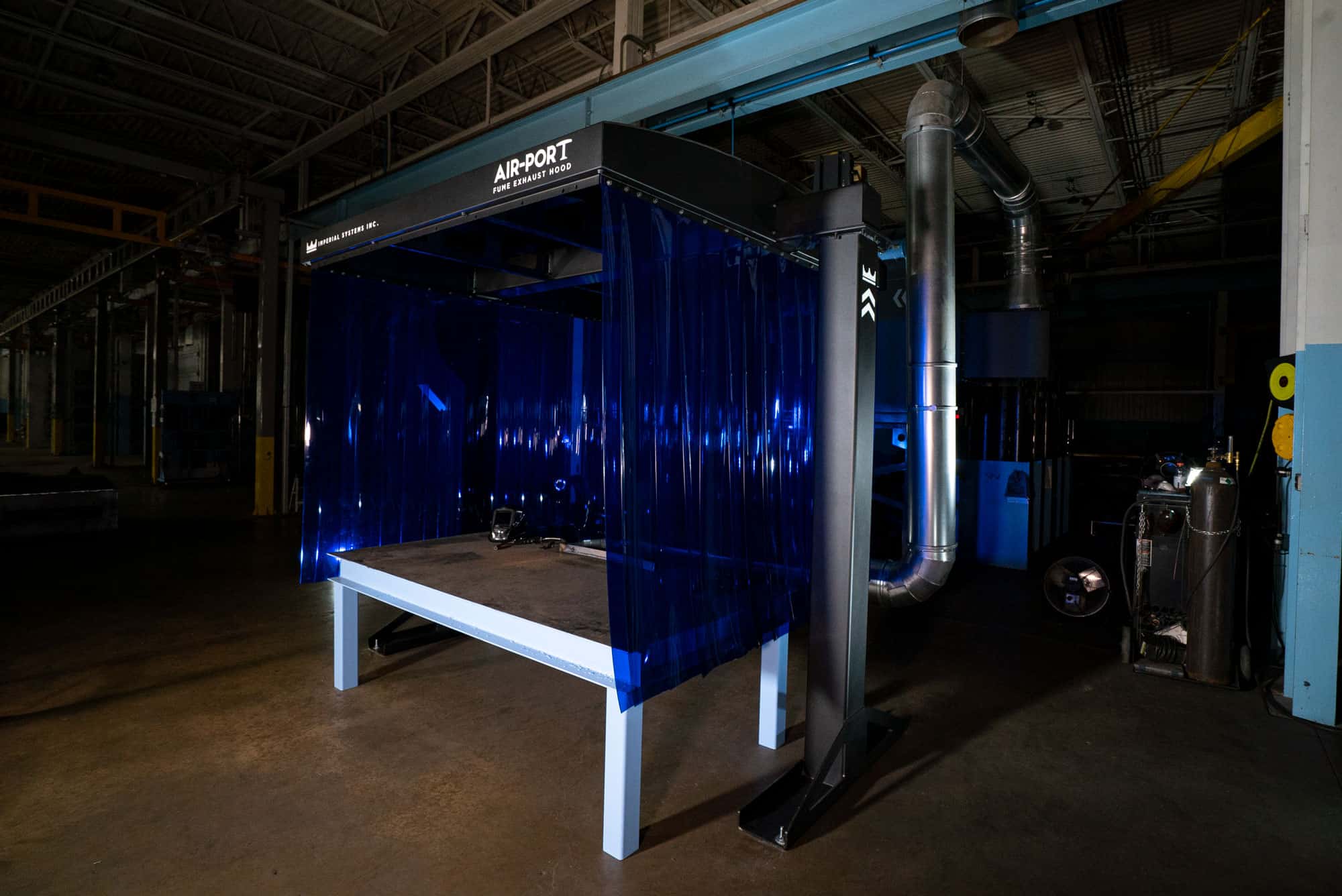
- Two-person install in under an hour
- Pre-installed ductwork in legs and cross beams
- Optional integrated Spark Trap available
- Dampers for easy air flow adjustment
- Optional crane slot for moving parts

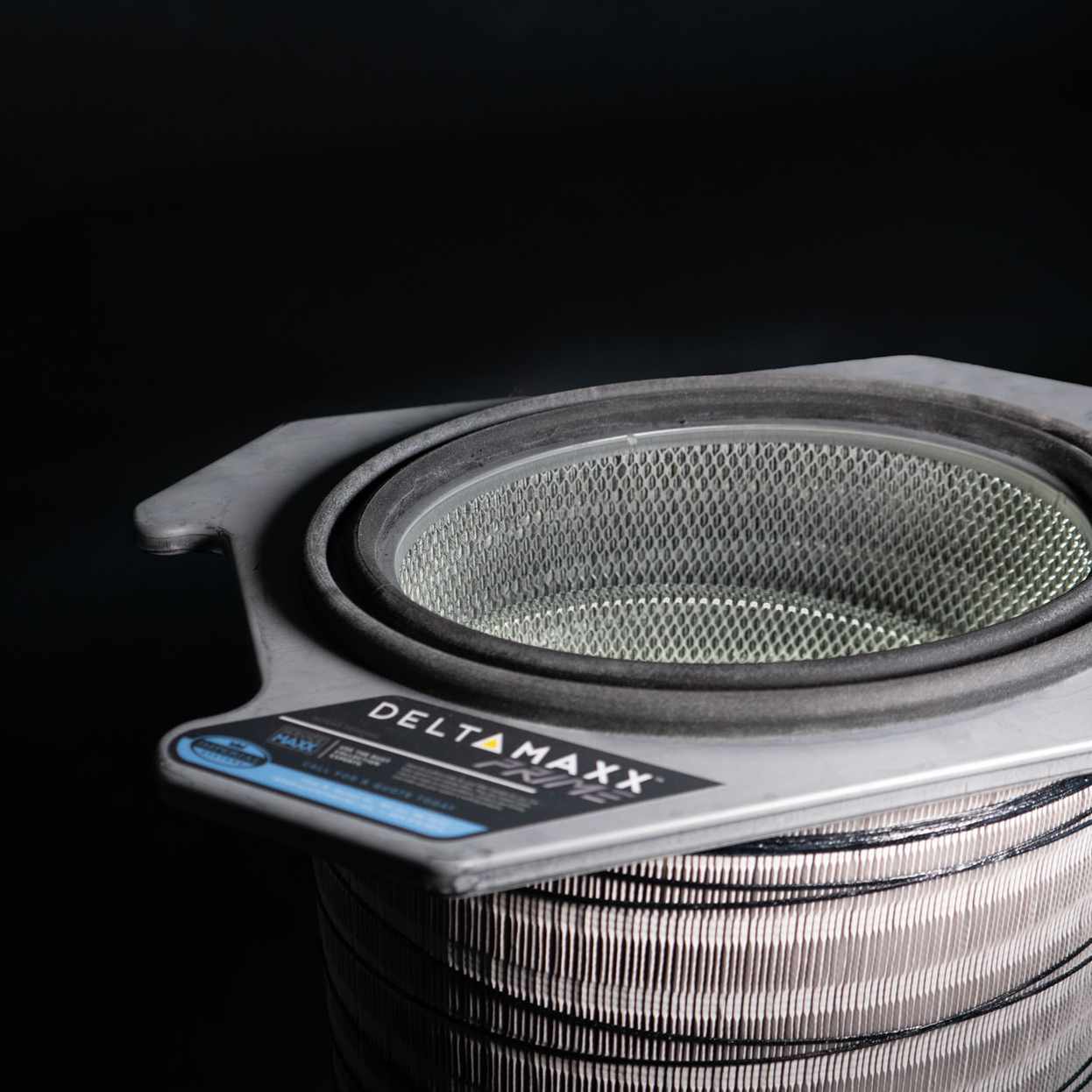
DeltaMAXX Prime
Available only for Imperial Systems cartridge collectors, the DeltaMAXX Prime filter offers a new level of safety and performance. With 400 sq ft of media and a double gasket to prevent leaks, it is the most innovative cartridge filter on the market.

Spark Trap
The Spark Trap is recommended by NFPA as a fire risk passive protection device. With no moving parts, it is a low maintenance but highly effective piece of equipment.
Additional Equipment
Chemical Isolation System
A rapid discharge of a chemical explosion suppressant prevents the flame from continuing to other ares of your dust collection system. This is best used when explosion venting is not an option.
Rhino Drum
The Rhino Drum Explosion Tested Drum Kit is a cost efficient alternative to a rotary airlock, and can withstand an explosion up to 7 psi. With a tool free design and no moving parts, the Rhino Drum can be quickly emptied for easier maintenance.
Abort Gate
An Abort Gate is typically situated on the return air side of the dust collector and diverts clean air, sparks, and fumes. An Abort Gate can also be trigged by a spark detector or broken bag detector, preventing harmful material like fire and smoke from entering the building.
Explosion Venting
Explosion venting allows a flame front and pressure wave to escape from within a collector and dissipate into the atmosphere. Explosion vents include a burst indicator that alert in the event of a deflagration.
Explosion Isolation Valve
This system is installed on the ductwork and detects any sparks that are present in the duct. Once detected, sparks are extinguished downstream before they can continue on and cause further damage to equipment or reenter the facility.
Airlock
Our Airlocks maintain a consistent seal at the outlet of the dust collector while allowing material to continuously pass through. This seal also allows discarded material to be properly discharged, and prevents it from returning to the dust collector.
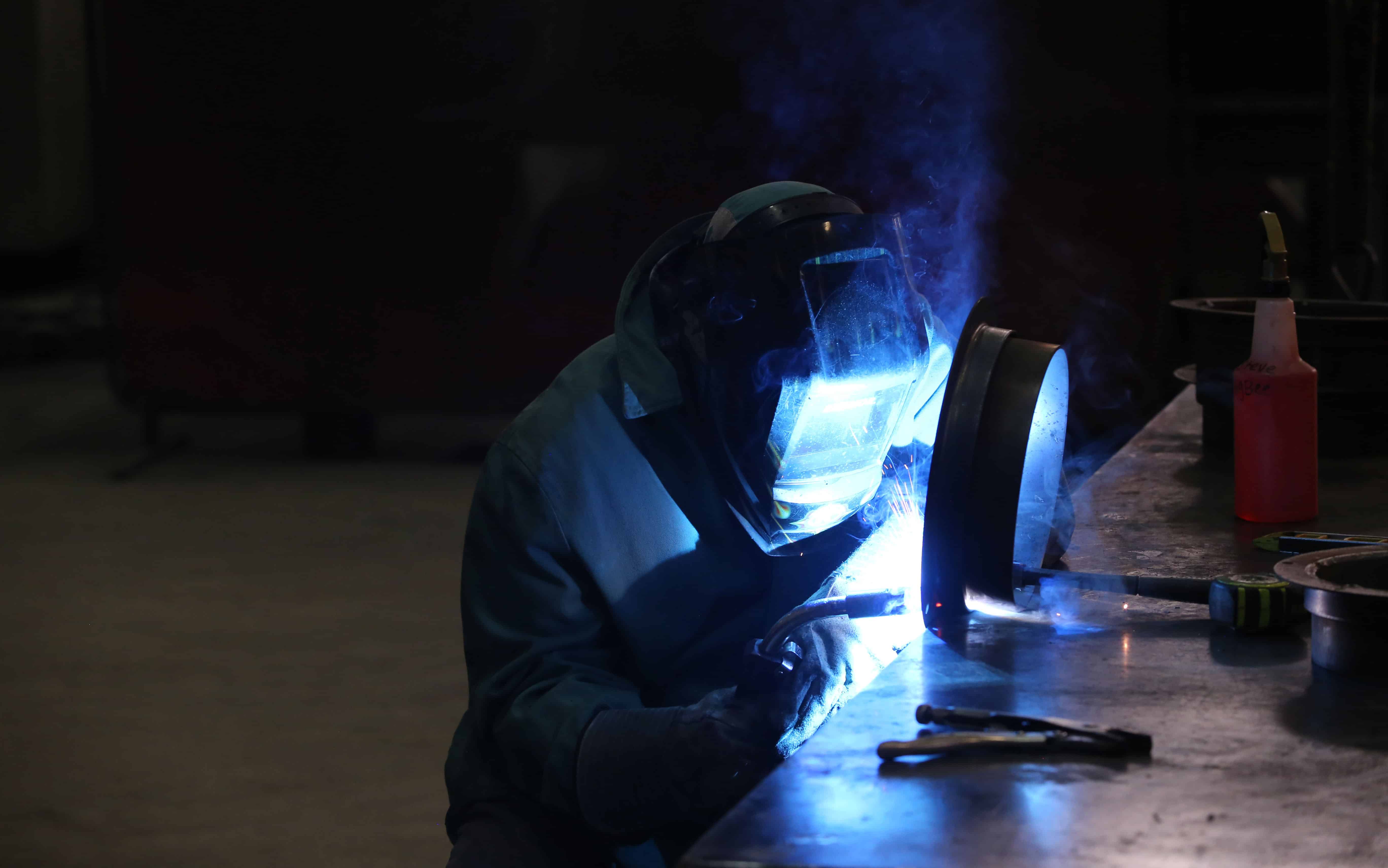
Combustibility of Welding Fume
While weld fume is not usually considered flammable while it’s suspended in air, it’s comprised of a mix of metallic particles and oxides that are generated at high temperatures. The fine metallic particulate can exhibit flammable properties under certain conditions, with the potential to lead to thermal events. Proper management and collection of weld fume is critical to employee and facility safety.
Different types of welding that require welding fume extraction
Gas metal arc welding (GMAW/MIG)
Continuously fed, consumable wire electrode melts to form the weld and requires external shielding gas to protect the molten metal. It is a versatile process for welding thin to thick sections of steel, aluminum, and stainless steel. MIG welding is common in automotive and general fabrication applications.
Flux-cored arc welding (FCAW)
Similar to MIG welding, but the consumable electrode contains a core filled with flux. This flux provides additional shielding and allows for deeper weld penetration. It is often used in outdoor applications due to its tolerance to wind, in thicker sections where extra material deposition is needed, or in situations where external shielding gas might be impractical.
Gas tungsten arc welding (GTAW/TIG)
TIG welding uses a non-consumable tungsten electrode to create the intense heat for melting the base metal. A separate filler rod can be added to create the weld and it requires external shielding gas. TIG welding is known for producing high quality, clean welds. It is ideal for applications demanding precise control and minimal splatter.
Submerged arc welding (SAW)
Heat is generated by an arc formed beneath a blanket of continuously fed granular flux. The flux protects the molten metal and removes impurities. The high-deposition rate makes it suitable for long seams and thick plate applications, like shipbuilding and heavy equipment manufacturing.
Electroslag welding (ESW)
Heat is generated by the electrical resistance of molten slag formed between a consumable electrode and the workpiece. Deep weld penetration is achieved. There are limited applications where this type of welding is the best option. Applications with thick material where deep penetration is required, like boiler and pressure vessel fabrication. ESW is a complex process requiring specialized equipment and training.
Oxyacetylene welding
This uses a high-temperature flame produced by the combustion of acetylene and oxygen to melt the metal. Oxyacetylene welding is often used in sheet metal work, repair and maintenance, and artistic metalworking.
Resistance welding
Heat is generated by the electrical resistance offered by the contact area between the workpieces. Resistance welding is most widely used in automotive manufacturing and assembly lines due to its speed and automation capabilities.